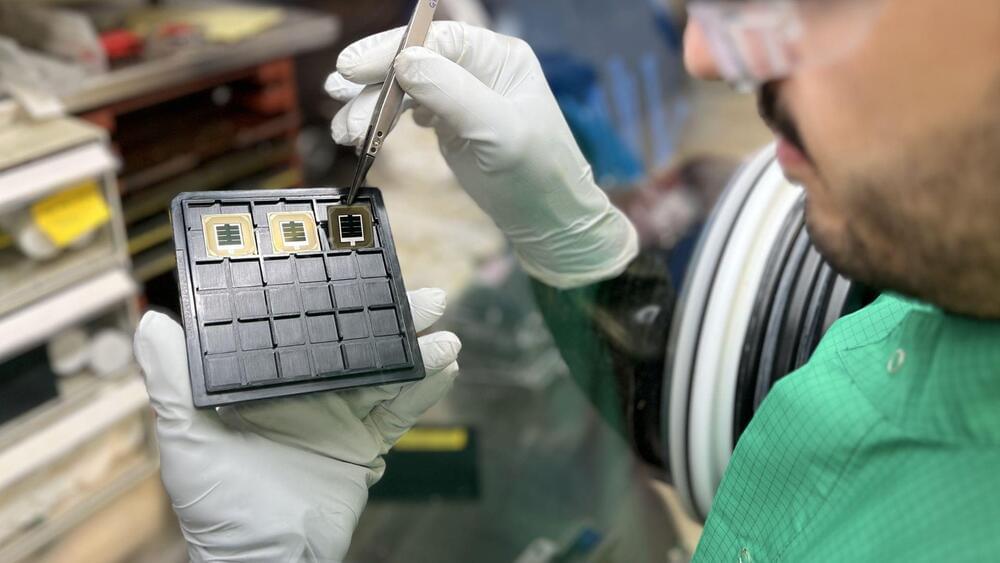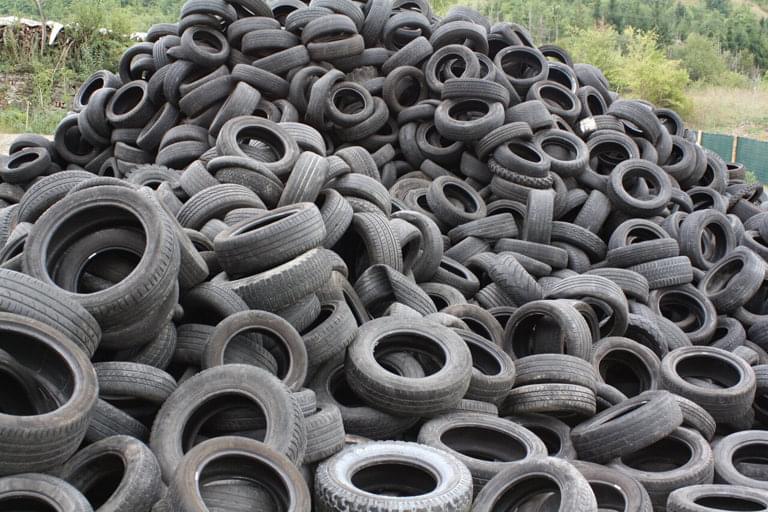A team of scientists from King Abdullah University of Science and Technology (KAUST) has revealed their plan to bring a new type of solar cell to the market, one that could revolutionize the field of renewable energy. The solar cell, called a perovskite/silicon tandem, combines two different materials to capture more sunlight and convert it into electricity.
Perovskite is a material that can absorb light very efficiently, while silicon is a material that can maintain its performance for a long time. By stacking them together, the researchers have achieved record-breaking efficiency levels, surpassing the previous limits of single-material solar cells. In 2023, the KAUST team, led by Professor Stefaan De Wolf, reported two world records for power conversion efficiency and five other records achieved by other groups worldwide. This shows the rapid advancement of perovskite/silicon tandem technology and its potential to dominate the solar market.







